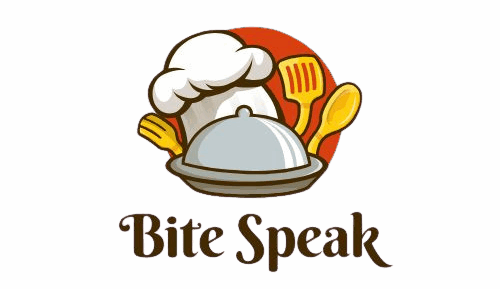7 Dollar Store Food Practices to Be Wary Of And 9 Legit Reasons Their Prices Stay So Low

Dollar stores can be a budget-friendly lifeline—but when it comes to food, not everything on those shelves is a steal. Some of the low prices come at the cost of quality, shelf life, or even transparency. Still, there are good reasons why certain products can be sold so cheaply. Here’s what to watch out for—and what makes those low prices legit.
1. Expiration dates that are too close
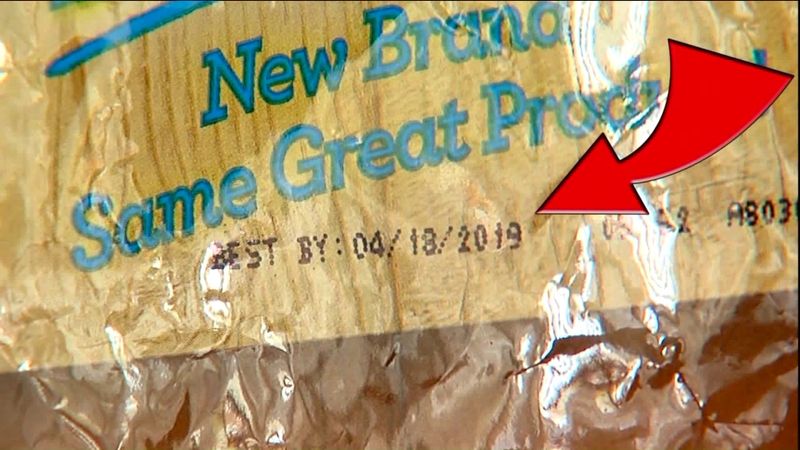
Hidden among dollar store shelves are items with expiration dates that might surprise you. Some foods are only days from expiring, making them less of a bargain than they seem. It’s a practice that can lead to waste if not checked. Shoppers should always inspect “best by” stamps carefully to ensure they are getting fresh items. If you’ve ever wondered why a deal seems too good to be true, the answer might be in the fine print. A keen eye can make all the difference.
2. Shrinkflation in full effect
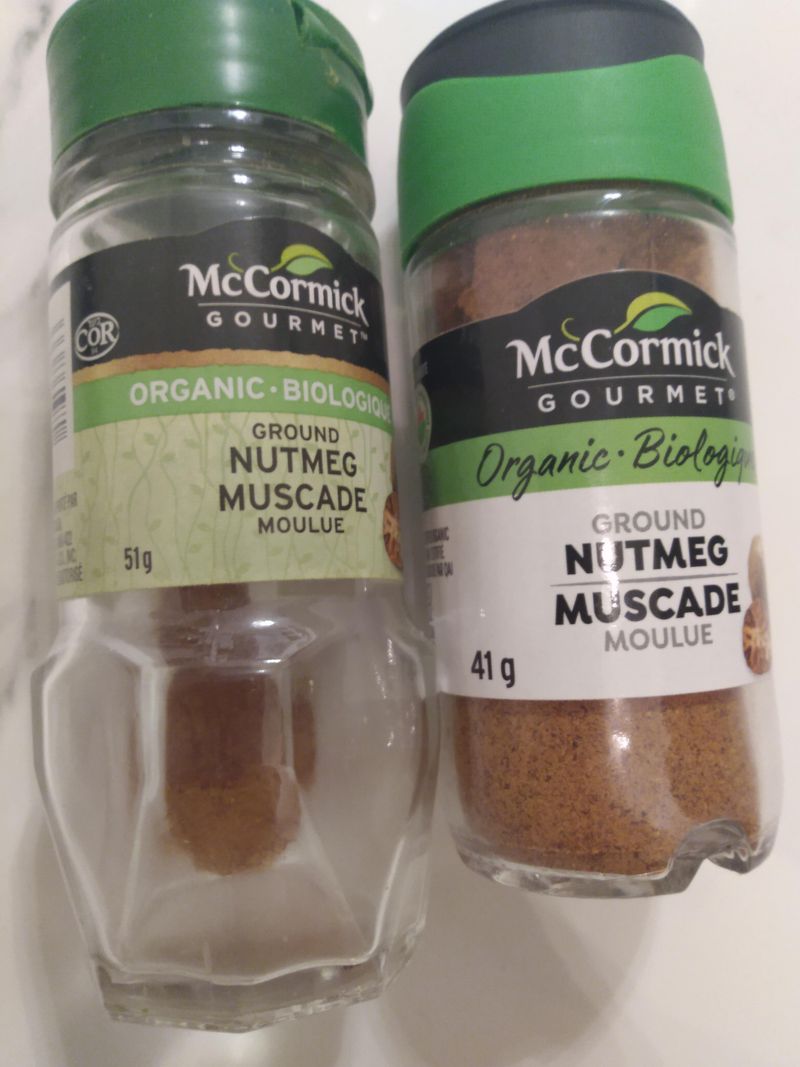
Shrinkflation is a trickier way that dollar stores maintain low prices. Portions often shrink, even if the packaging stays the same. This practice means paying more for less quantity—a clever illusion that can deceive even regular shoppers. Comparing ounce per ounce can reveal the truth behind these miniature deals. It’s a silent tactic, yet customers can feel the pinch when products run out faster than anticipated. Next time, you may want to check the weight before the price.
3. Off-brand or mystery brands
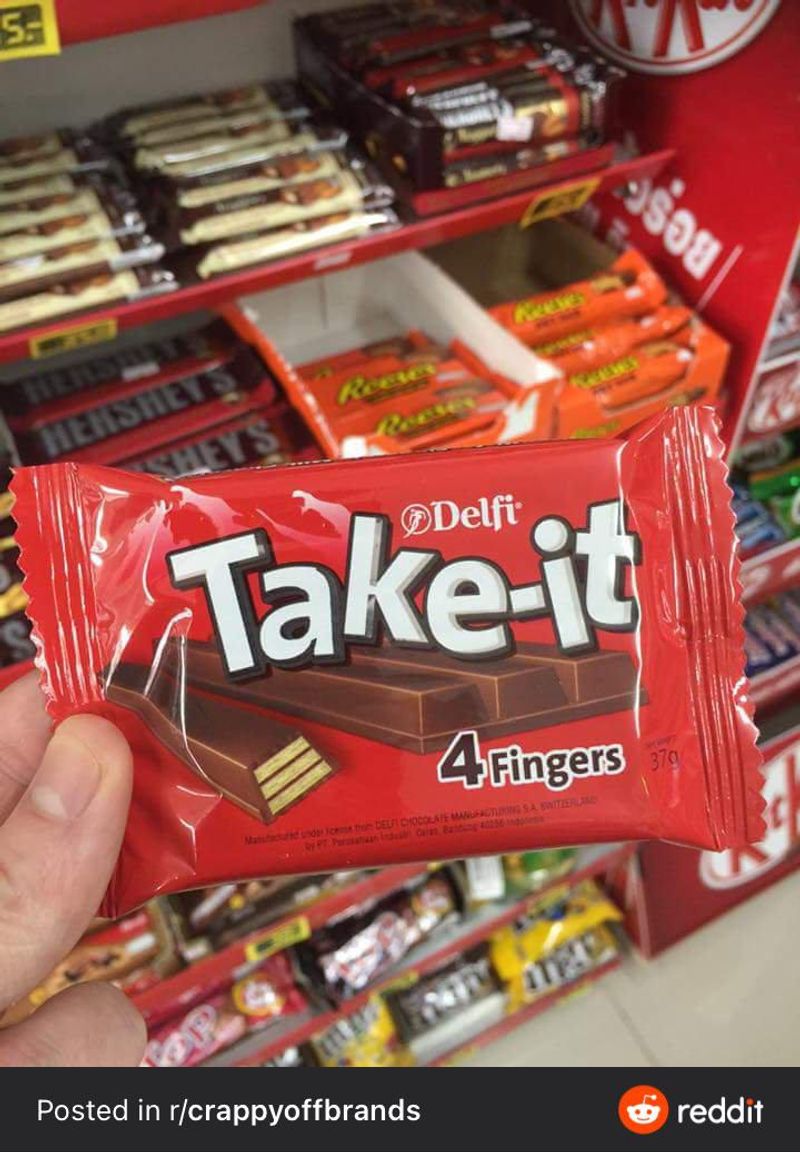
With brands you’ve never heard of, dollar stores can be a gamble. These off-brand items might lack the quality assurance of known names. Unclear labeling and vague origins are common, raising questions about their ingredients and sourcing. It’s a road less traveled that can sometimes lead to surprising finds or disappointing duds. For the adventurous, trying these mystery brands can be a thrill—albeit a risky one. Just remember, not all that glitters is gold.
4. Damaged or dented packaging
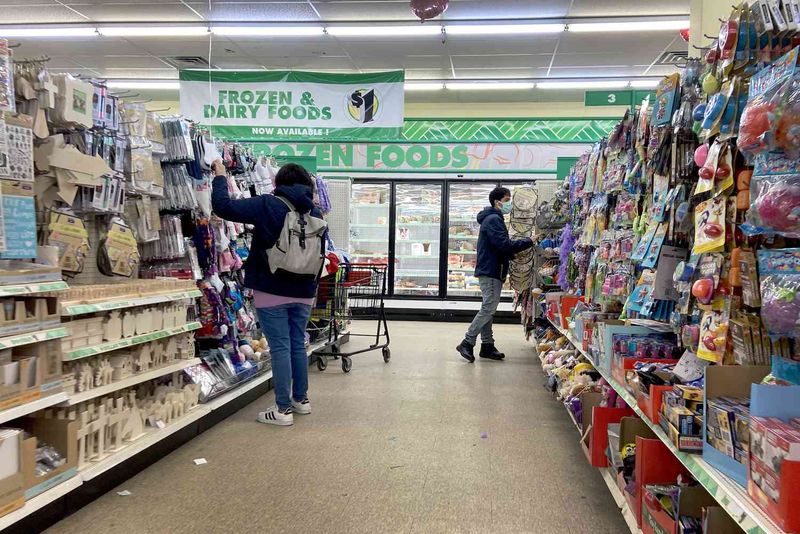
Shopping at dollar stores sometimes means encountering damaged goods. Dented cans, torn boxes, or crushed bags are not uncommon sights. These imperfections might signal mishandling or compromised quality, leaving shoppers in a dilemma. Though often sold at a reduced price, the risk may not be worth the reward. A fresh appearance can generally indicate better handling. When in doubt, weigh the savings against the potential pitfalls of damaged packaging.
5. Ultra-processed ingredients

A dive into dollar store aisles often reveals ultra-processed foods filled with preservatives and additives. Items like cheap snacks or frozen meals may be convenient but can lack nutritional value. These ingredients help extend shelf life, but not without cost to health. The allure of quick meals can overshadow the long-term impact. Reading the ingredients list is crucial. While convenient, it’s essential to balance these choices with healthier options from time to time.
6. Limited fresh or refrigerated options

Dollar stores tend to have a limited selection of fresh or refrigerated items. Quality produce, dairy, or meats are often scarce, leaving shoppers with mostly shelf-stable goods. This limitation steers choices towards canned or packaged foods, which may lack nutritional depth. For those seeking fresh, it’s like finding a needle in a haystack. While convenient for pantry staples, those in search of freshness might need to look elsewhere. Freshness can be a rare commodity here.
7. Repackaged or relabeled goods

At dollar stores, some goods may be repackaged or relabeled after rejection by other retailers. This practice allows stores to sell surplus inventory at lower prices. However, these items might not meet original quality standards, raising potential concerns about safety. While budget-friendly, they come with an element of the unknown. It’s a gamble that can pay off or disappoint. Checking for consistency in labeling can offer clues about an item’s journey to the shelf.
8. No-frills store layouts

Dollar stores thrive on simplicity. No-frills layouts with basic shelving and minimal decor help keep operational costs low. This strategy allows them to offer lower prices to customers. Walking down these aisles, you’ll notice the contrast with more elaborate grocery stores. It’s an unassuming setup that prioritizes function over form, creating an environment focused on savings. This no-nonsense approach caters to budget-conscious shoppers who value price over presentation.
9. Private label and generic brands
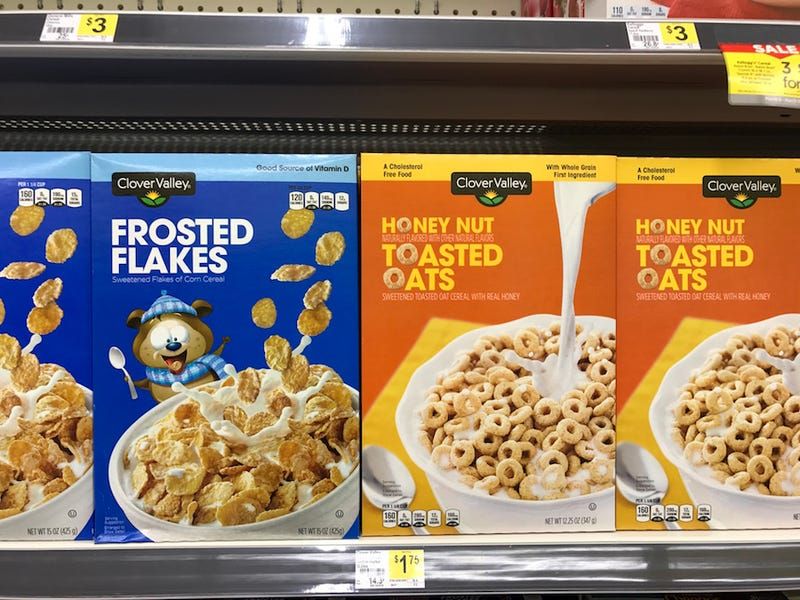
Private labels and generic brands are the secret allies of dollar stores. These products, often produced at a lower cost, allow for significant savings. The absence of brand names doesn’t equate to lesser quality, although perceptions may vary. Some shoppers find great value in these understated offerings. They represent a smart strategy to maintain low prices without sacrificing too much on quality. It’s a balancing act that often succeeds in satisfying both wallet and taste buds.
10. Limited product variety
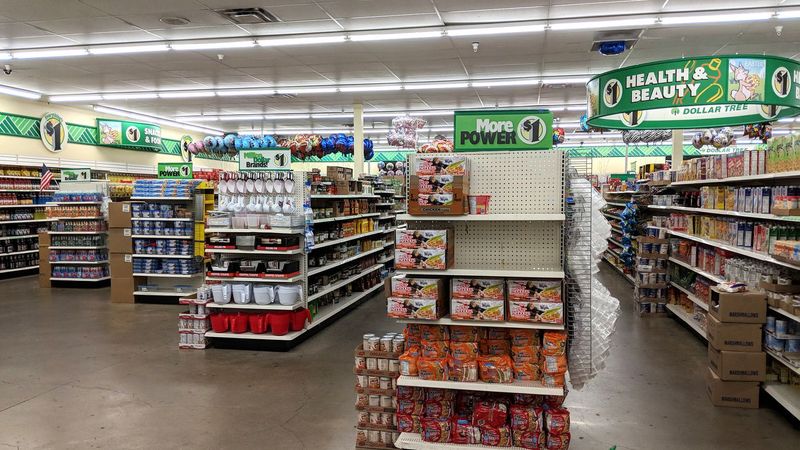
In dollar stores, variety isn’t always the spice of life. By offering a reduced selection, they minimize inventory and storage costs. This focused product range means shoppers won’t be overwhelmed by choices. While it streamlines shopping, it might not meet all tastes or needs. It’s a trade-off that keeps prices low, appealing to those who prioritize value over variety. Sometimes less truly is more, creating an efficient shopping experience for the budget-conscious.
11. Bulk buying from closeouts and overstock

Dollar stores often scoop up unsold goods from closeout sales and overstock inventories at significant discounts. This strategy allows them to pass savings directly to consumers. It’s a smart business move that fills shelves with products otherwise forgotten. For shoppers, it can mean impressive deals on unexpected finds. While this practice can lead to fluctuating inventory, the thrill of discovery might just be worth it. It’s a treasure hunt for the savvy shopper.
12. Smaller product sizes
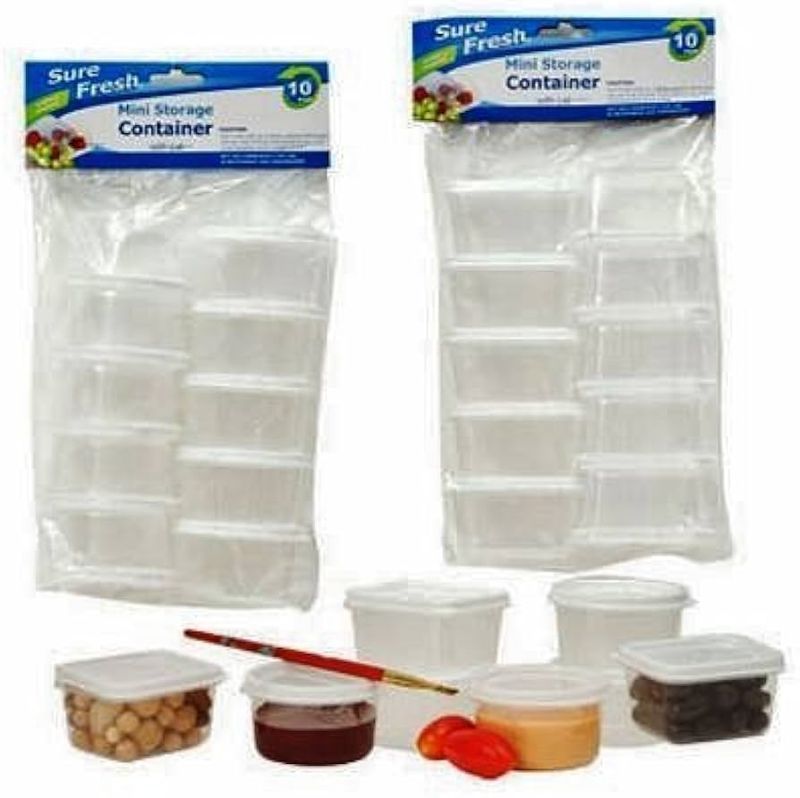
Small but mighty—dollar stores often sell mini versions of popular products. These smaller sizes allow them to offer lower prices, despite potentially higher cost per ounce. It’s a strategy that fits within any budget, catering especially to those who buy only what they need. The practicality of these sizes offers flexibility without overcommitment. However, buyers should be aware of the actual value they’re getting. It’s a lesson in economics, one small package at a time.
13. High-turnover items

Quick and efficient—dollar stores prioritize high-turnover items to keep shelves stocked and profits steady. These fast-selling goods minimize waste and ensure fresh stock regularly. It’s a business model that favors rapid sales over long-term storage. For shoppers, it means frequently updated inventory, but it might also mean missing out on slower-moving favorites. Speed is crucial in this environment, creating a dynamic shopping experience for those who enjoy frequent finds.
14. Strategic store locations

Location, location, location—dollar stores strategically position themselves in low-rent areas or places with minimal competition. This choice reduces overhead costs, which can then translate into lower prices for goods. It’s a smart tactic that ensures accessibility while maintaining profitability. Shoppers benefit from this approach, as it often places stores conveniently within reach. It’s a calculated decision that aligns with the store’s mission to offer affordability and convenience.
15. Minimal advertising costs

Dollar stores often rely on word-of-mouth and strategic locations rather than expensive ads, keeping costs low. This marketing approach emphasizes real savings for shoppers. Without flashy campaigns, they focus on the essentials, letting their prices speak for themselves. It’s a modest tactic but effective, drawing in those who appreciate straightforwardness. For the store, it’s a win-win situation. Budget-conscious customers can appreciate the lack of gimmicks, focusing on genuine deals instead.
16. Reduced wages and staffing
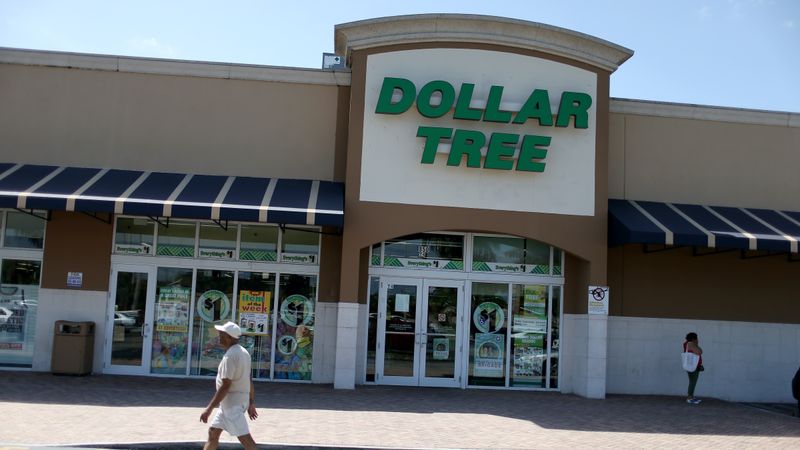
Efficiency is key in dollar stores, sometimes at the cost of staffing levels. With fewer employees and reduced wages, operational expenses decrease, allowing for lower prices. This structure raises ethical questions but remains a reality of the business model. Customers might notice longer lines or less personal attention, yet the savings often compensate. It’s a delicate balance that keeps the store running smoothly while offering unbeatable prices. The ultimate question is at what cost do the savings come?
